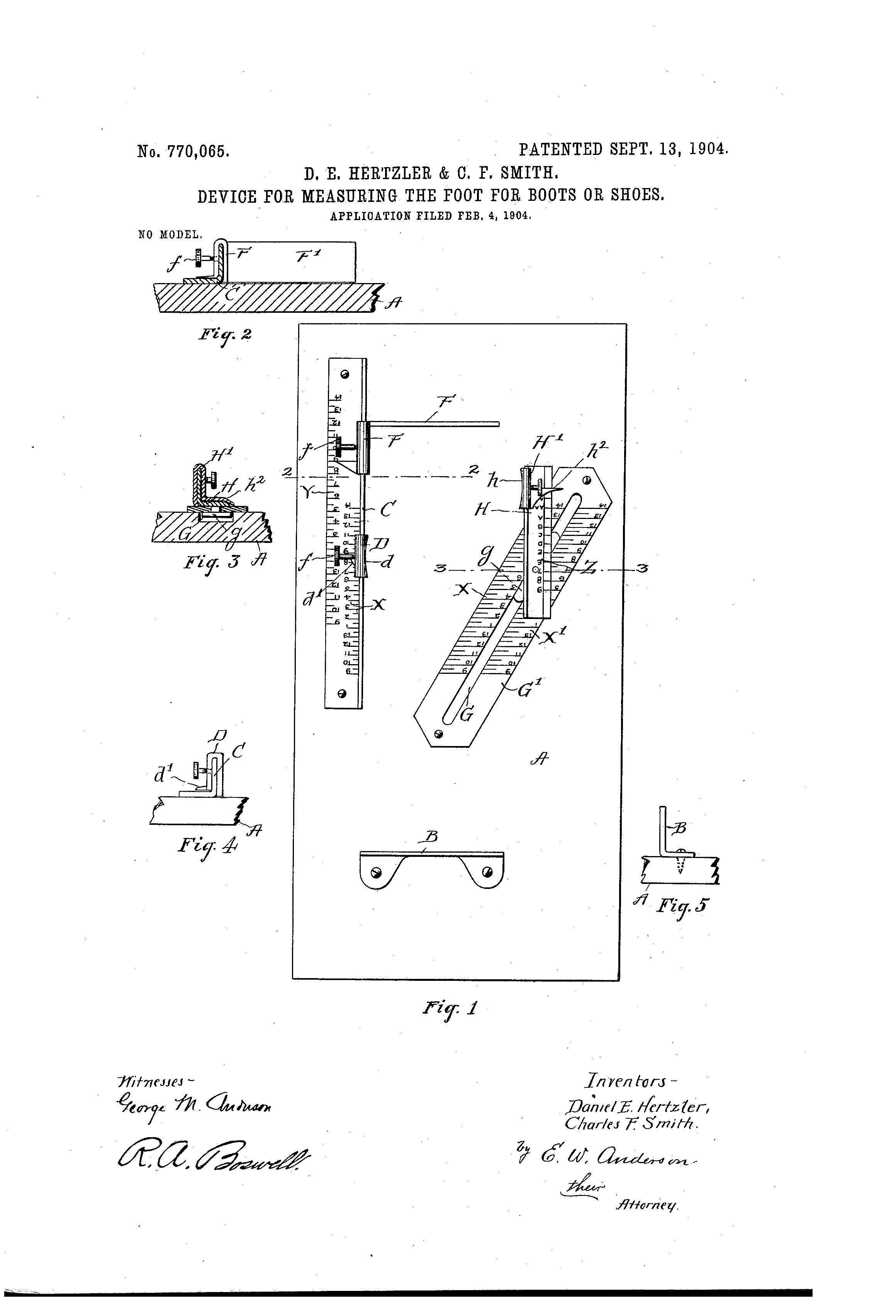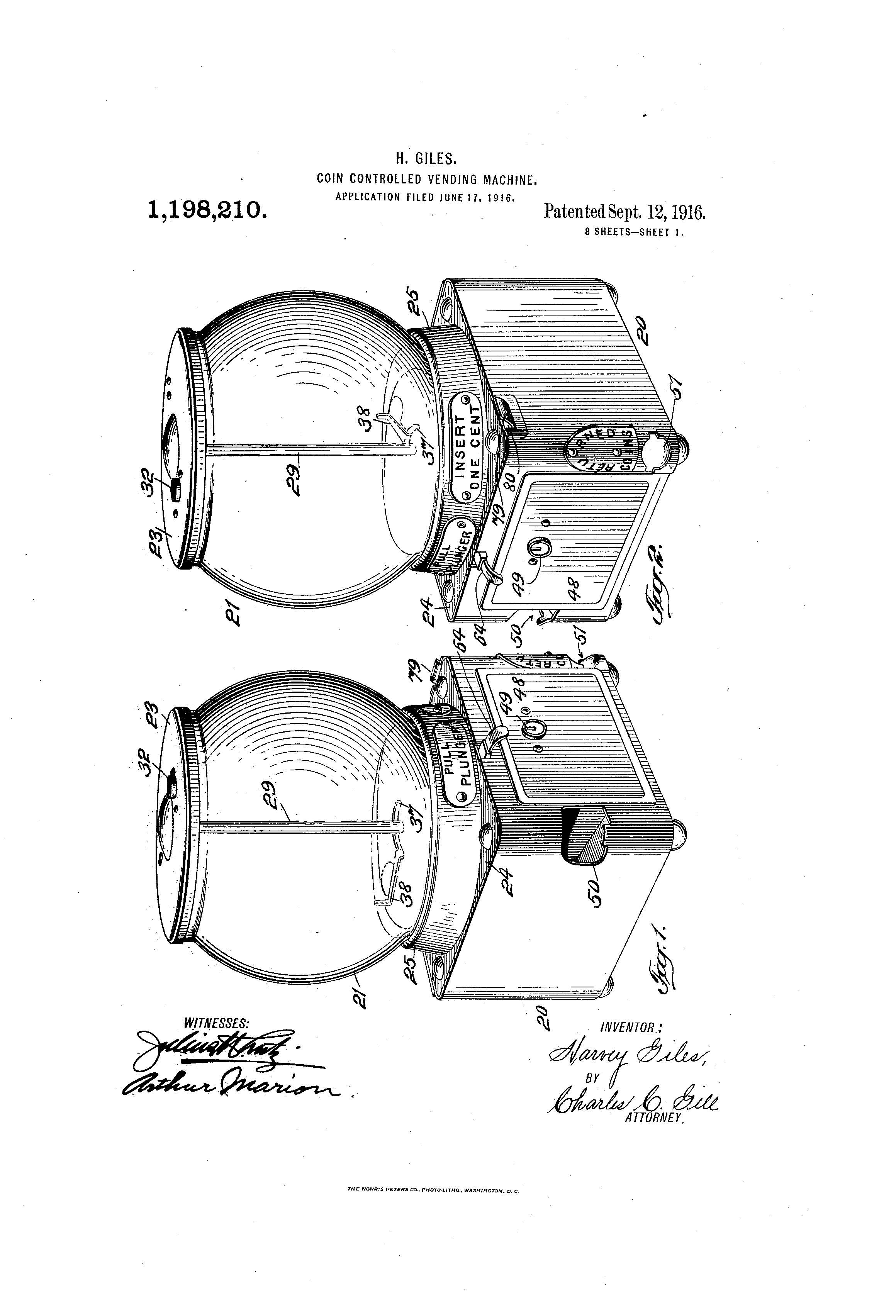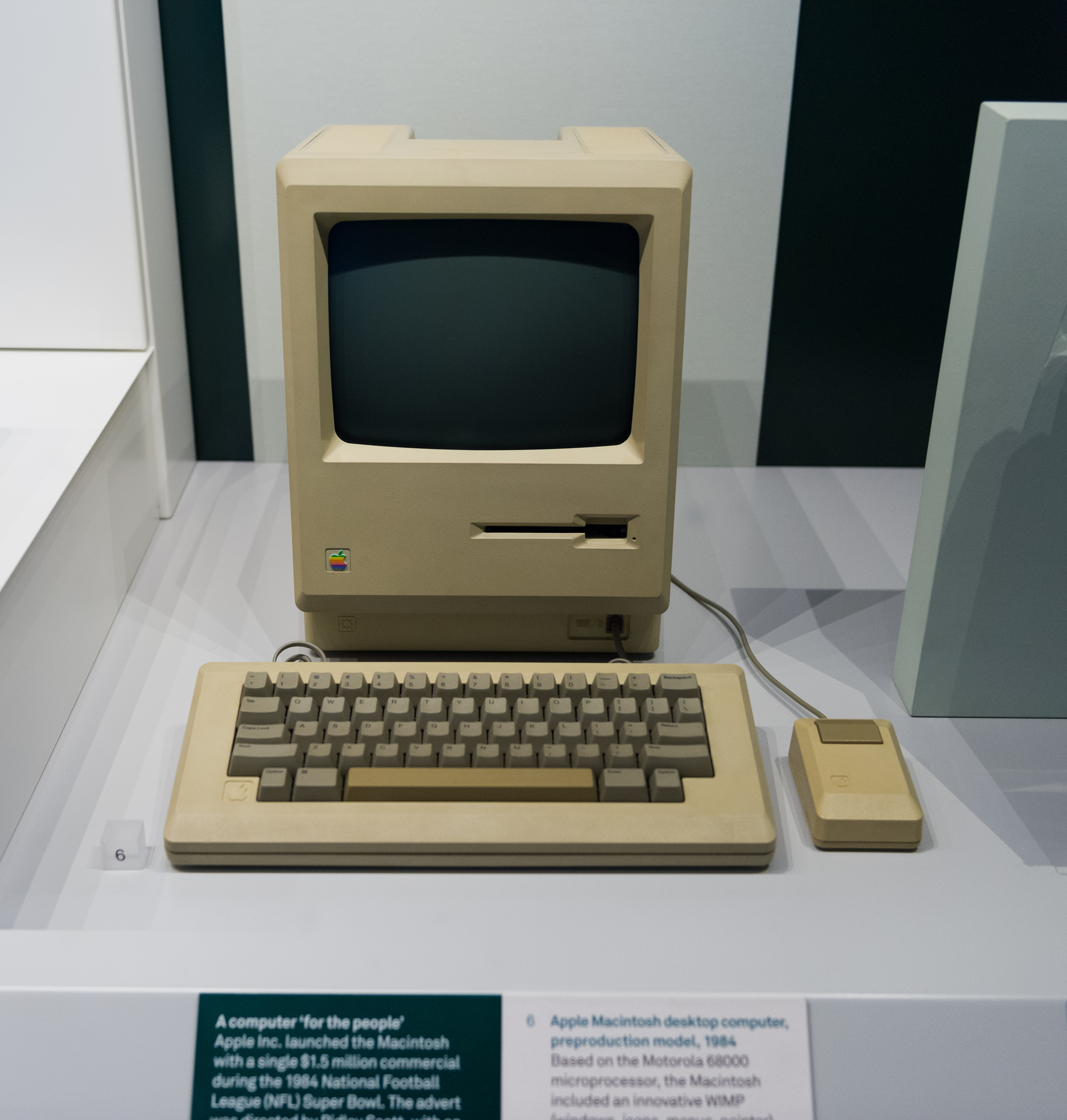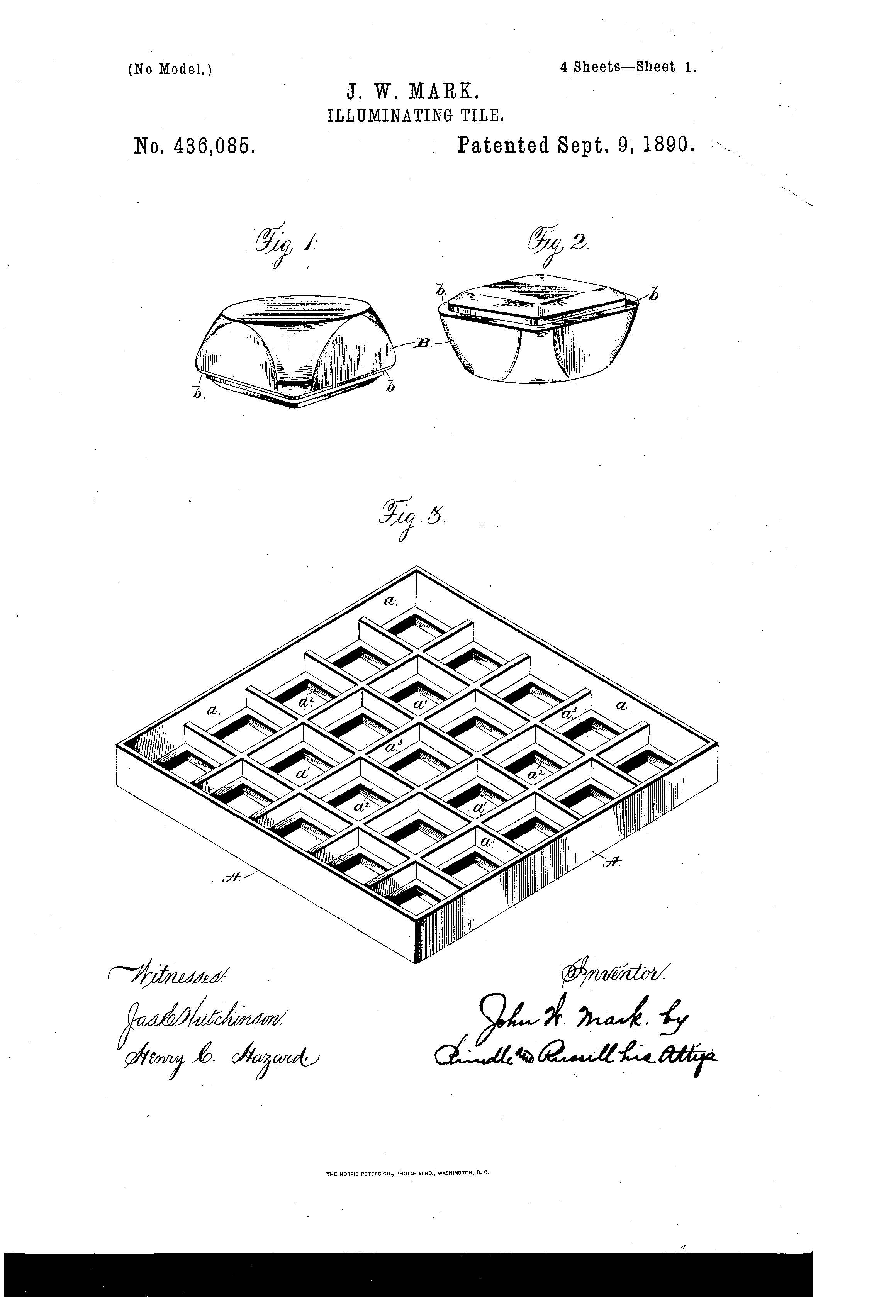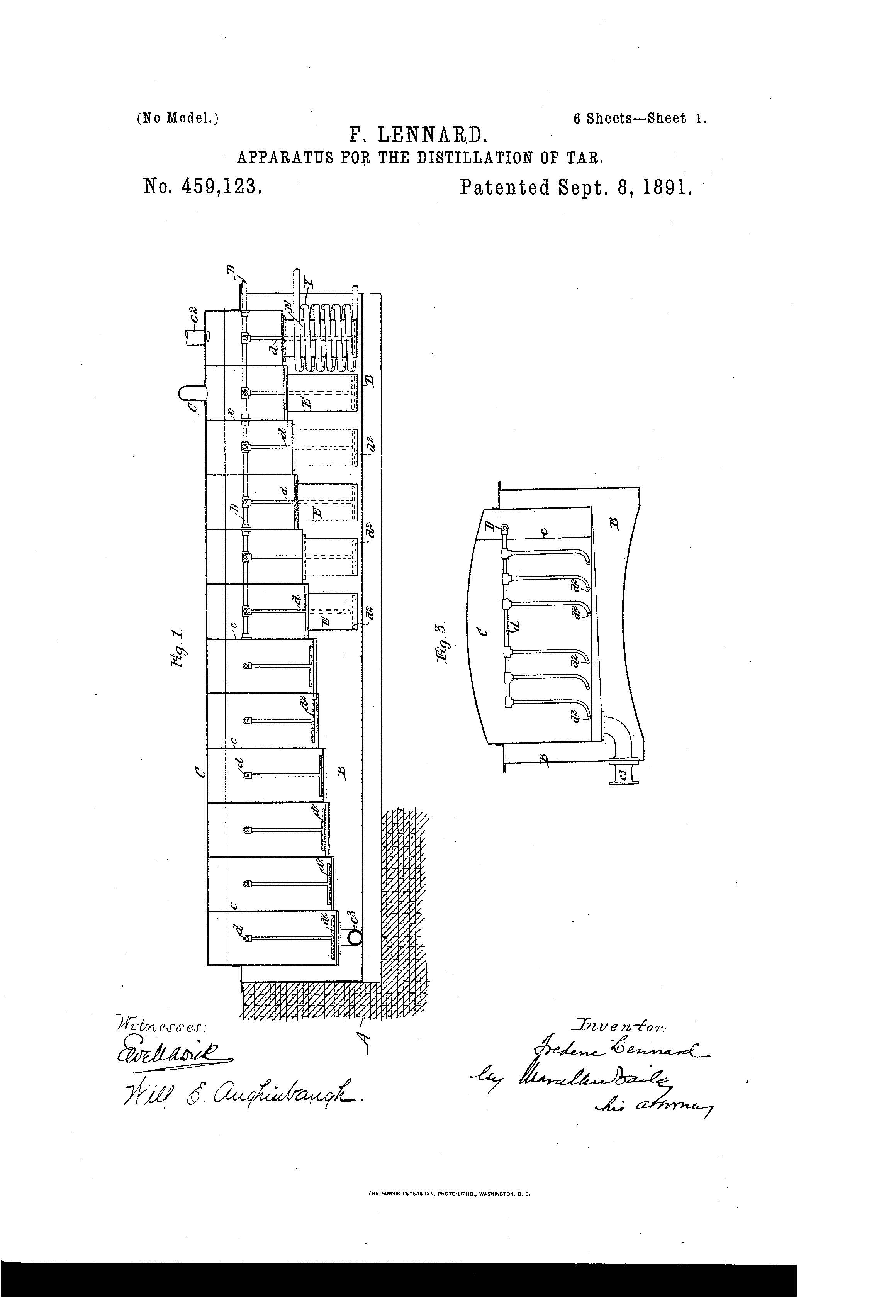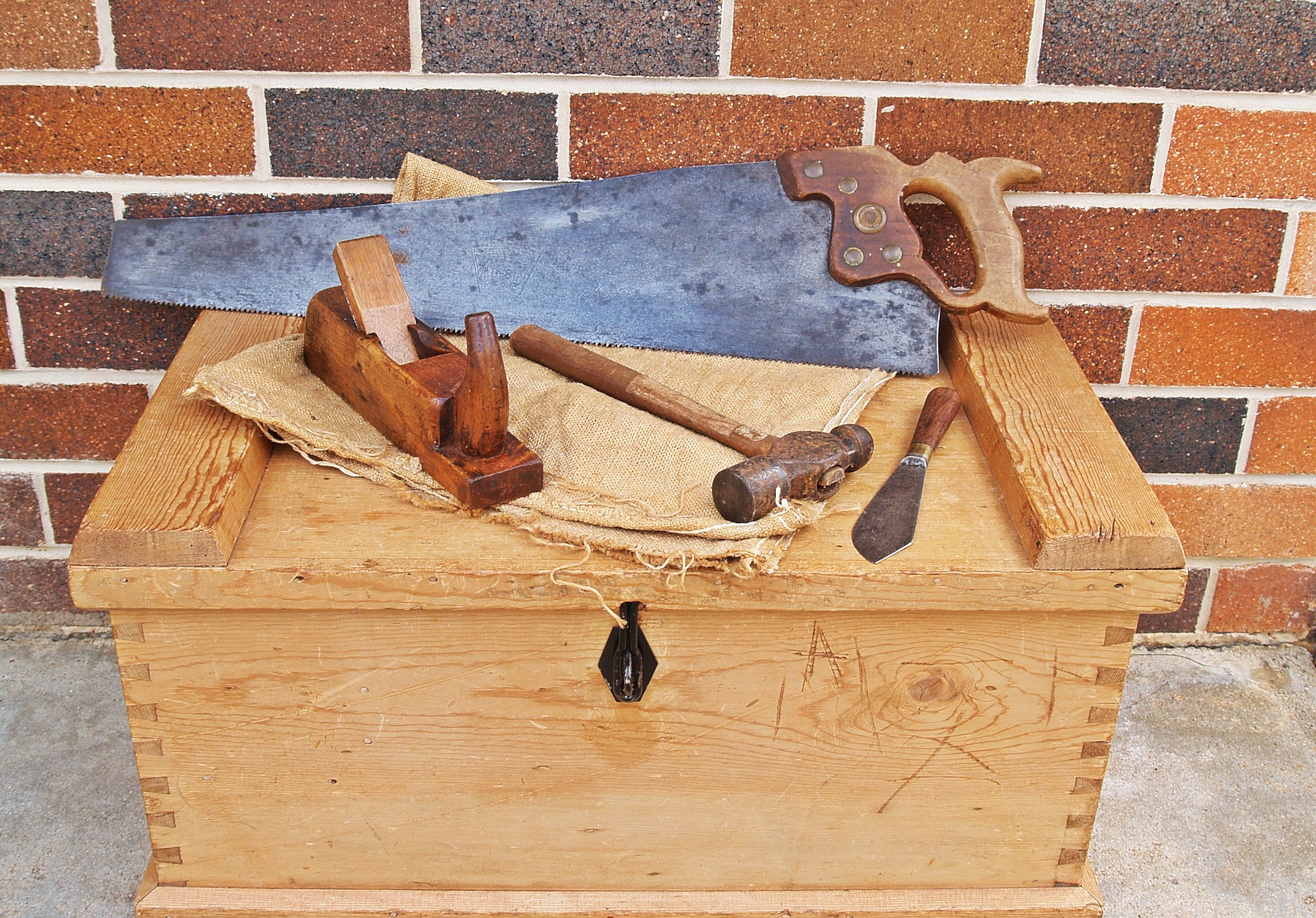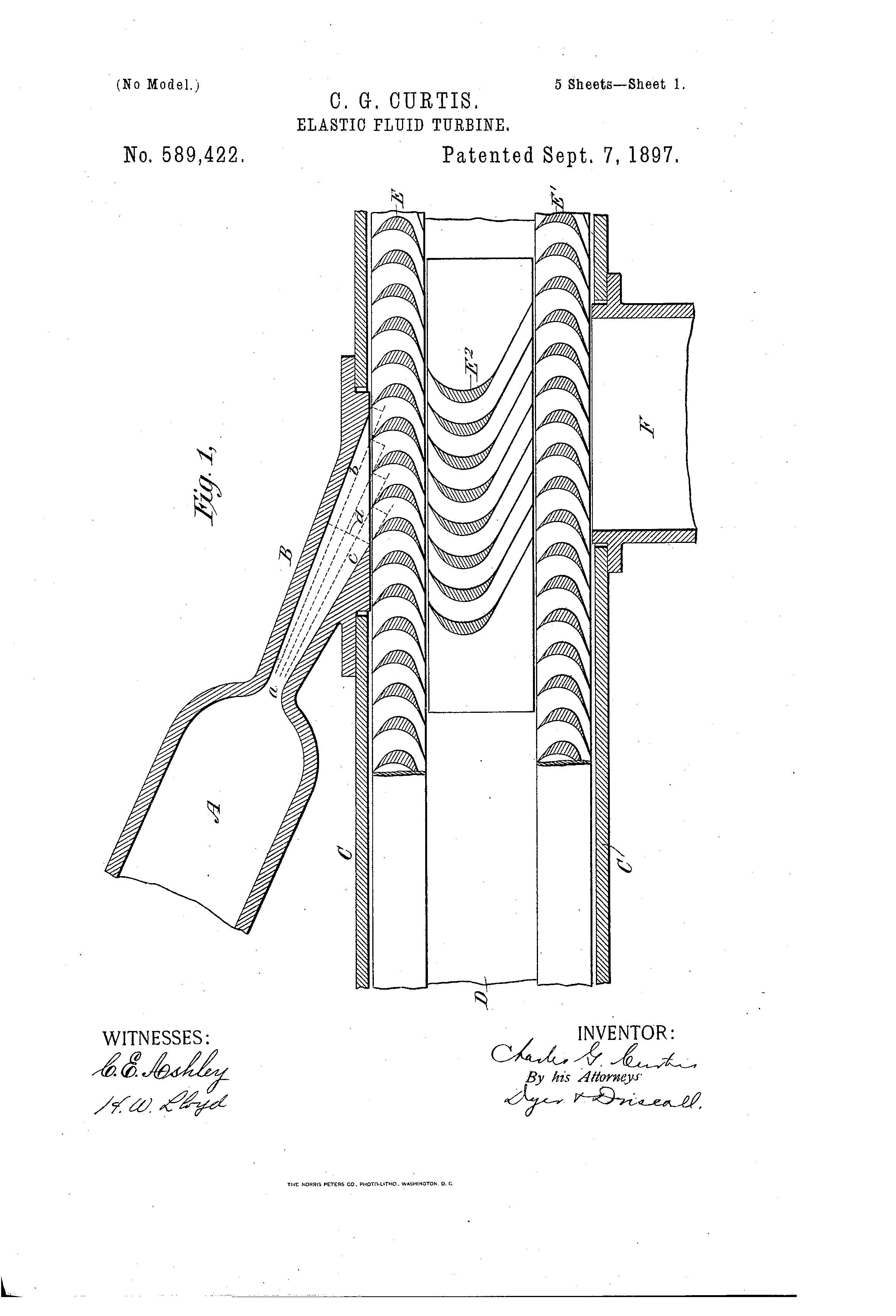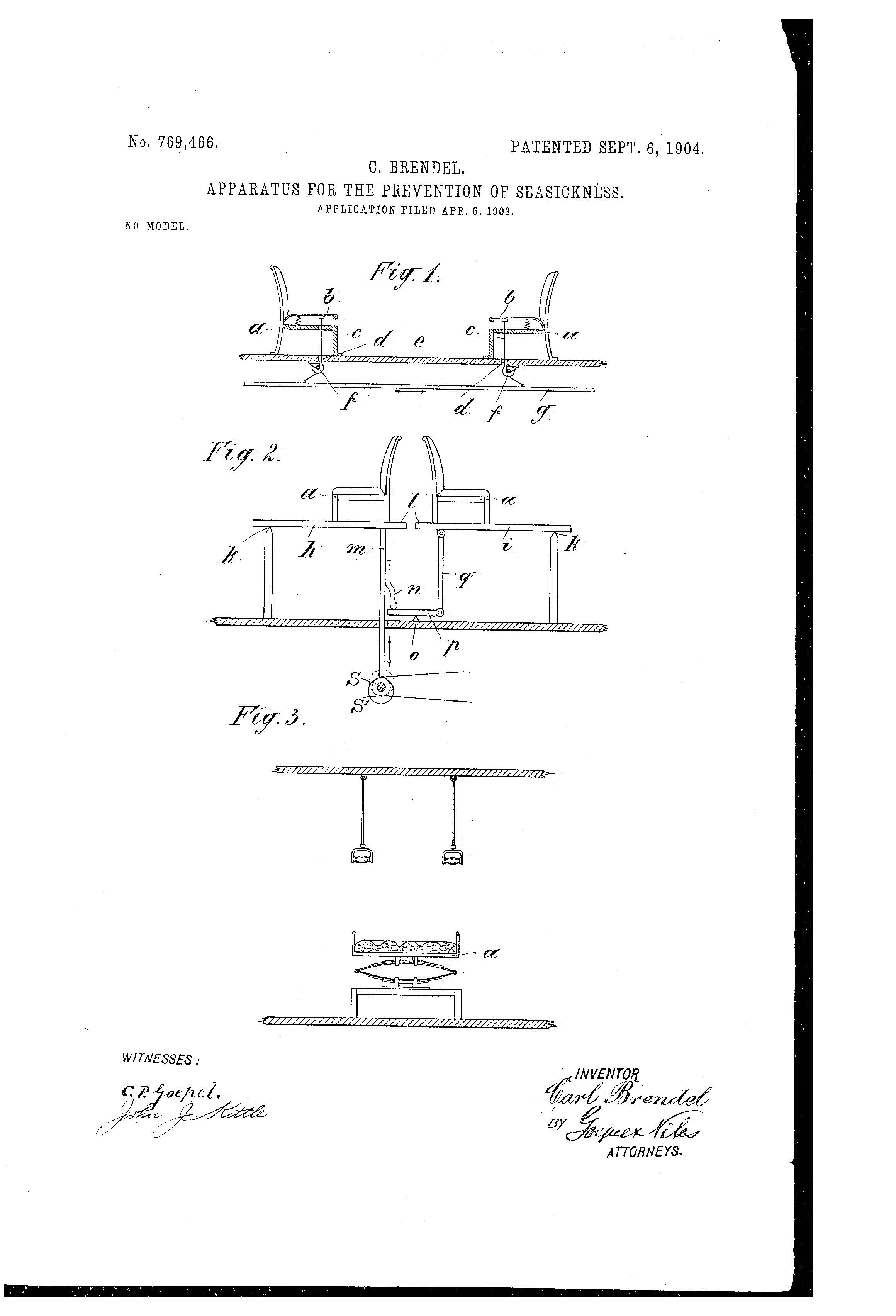Patent of the Day: Device for Measuring the Foot for Boots or Shoes
On this day in 1904 Daniel E. Hertzler and Charles F. Smith were granted the patent for DEVICE FOR MEASURING THE FOOT FOR BOOTS AND SHOES. U.S. Patent No. 770,065.
This invention has relation to devices for measuring the foot for boots and shoes, and has for its object the provision of size-indicating devices which will expedite the fitting, providing means for readily ascertaining the correct length and width of the shoe for both right and left foot and in all cases.

Suiter Swantz IP's Jon Horneber Passes Nebraska State Bar Exam
Suiter Swantz IP is pleased to announce that our own Jon Horneber passed the Nebraska State Bar Exam! Jon holds a B.S. and M.S. in Mechanical Engineering from the University of Colorado Boulder. Jon received his J.D. from the University of Nebraska. As a patent attorney for the Firm, Jon will prepare and prosecute U.S. and foreign patent applications. Congratulations Jon!
Patent of the Day: Coin-Controlled Vending Machine
On this day in 1916 Harvey Giles was granted the patent for COIN-CONTROLLED VENDING MACHINE. U.S. Patent No. 1.198.210.
The invention as presented in this application in what is commonly known as a ball gum machine comprising a base and a transparent reservoir mounted thereon to hold and expose the pieces or balls of gum to be sold.
The machine comprises novel mechanism whereby on the introduction of a coin to the coin slot and an outward pull on an operating rod or handle, a ball of gum may be delivered and the coin pass to a coin receptacle within the base portion of the machine.
The invention also includes means whereby should an improper coin be introduced to the machine, such as a silver ten cent piece, when a one cent coin should have been inserted, such improper coin will be returned to the purchaser.
The invention comprises novel mechanisms and details of construction adapting the machine for its intended purpose and to withstand the usual rough usage to which machines of this class are subjected, among the objects of this invention being to secure efficiency in operation, convenience in construction and assembly of parts and durability in the machine as a whole.








Sean Suiter to Teach Copyright Law at Creighton University School of Law
Sean Suiter has started his 17th year as an adjunct professor at Creighton University School of Law. Sean is teaching copyright law this semester.
History of Apple Inc. Patents: Then and Now

With the release of the new iPhone 7, it is a great time to examine how far Apple Inc. has come since its inception in 1976.
Apple Computers, Inc. was founded by college dropouts Steve Jobs and Steve Wozniak on April 1, 1976. Their mission was to create a user friendly computer that could be used in people’s homes and offices, but what they developed in Steve Jobs’ garage became so much more than simply a computer.
One of the first patents Apple Computers, Inc., was granted was MICROCOMPUTER FOR USE WITH VIDEO DISPLAY “Apple II” (U.S. Patent No. 4,136,359). This invention revolutionized the computer industry, as it introduced the first-ever color graphics. Although the computer was a breakthrough, Steve Jobs thought it to be unsightly and asked Jerrold Manock to design a new case. Manock came up with a foam-molded plastic case that was sleeker and more professional in appearance, which is PERSONAL COMPUTER (U.S. Patent No. D268,584).
As time went on, so did the interests and goals of Apple’s creators. Wozniak left in 1983 and was replaced with PepsiCo’s John Sculley, who became the president of Apple. A couple years later in 1985, Jobs left in pursuit of new and bigger things. These things included the creation of NeXT Software and the purchase of Pixar from George Lucas.
After Apple reached its peak in 1990, the company slowly started to decline and experts believed the company to be doomed. In 1997, Apple became desperate to increase their sales, and they reached out to Jobs. The company offered him employment and also purchased NeXT Software. Jobs, named CEO, got right to work making big changes around the company. One of the biggest changes he instituted was an alliance with Microsoft developer Bill Gates. This alliance led to the creation of a Mac version of the popular Office software.
Jobs’ return to Apple was a pivotal moment for the company. Jobs revamped Apple with the creation of a new line of computers and accessories such as the iBook, LAPTOP COMPUTER (U.S. Patent No. D464,344), Bondi Blue iMac, COMPUTER ENCLOSURE (U.S. Patent No. D413,105), and the CURSOR CONTROL DEVICE (U.S. Patent No. D418,125). Steve Jobs even obtained a design patent for the signature glass STAIRCASE (U.S. Patent No. D478,999) that is seen in Apple stores today.
In 2000, Apple acquired the company Sound Jam, a music organization playback program that was re-released as the now popular iTunes. The acquisition of Sound Jam led to the creation of a personal listening device, known as the iPod, METHOD AND APPARATUS FOR USE OF ROTAIONAL USER INPUTS (U.S. Patent No. 7,345,671). The iPod utilized the iTunes music software as a way to organize personal music libraries stored on an external device.
With the huge success of the iPod and the increased comfort the younger generation had with technology and personal electronics, Steve Jobs decided to take Apple to another level. On January 9, 2007, Jobs gave a keynote speech to the Macworld Convention where he announced a new product; iPod with cellular phone and internet browsing capabilities, now known as the iPhone, TELEPHONE INTERFACE FOR A PORTABLE COMMUNICATION DEVICE (U.S. Patent Application No. 7,860,536). The design for the new iPhone was also patented ELECTRONIC DEVICE (U.S. Patent No. D558,756).
After more than three decades of hard work, Apple has paved the way for those in the computer and technology industry, continuing to push the limits of creativity in order to provide customers with valuable products. “What is Apple, after all? Apple is about people who think ‘outside the box,’ people who want to use computers to help them change the world, to help them create things that make a difference, and not just to get a job done,”-Steve Jobs.
Patent of the Day: Illuminating Tile
On this day in 1890 John W. Mark was granted the patent for ILLUMINATING TILE. U.S. Patent No. 436,085.
The design of this invention is to secure increased light-transmitting capacity for illuminating-tiles; and to such end said invention consists in the construction and combination of parts, as hereinafter specified and claimed.




Trader Joe’s v. Pirate Joe’s: A Cross Border Trademark Fight

The United States Court of Appeals for the Ninth Circuit held that Washington State has the authority to hear a trademark lawsuit brought by Trader Joe’s against a Canadian store named Pirate Joe’s. Pirate Joe’s has admitted to purchasing Trader Joe’s products and reselling them in Canada.
Several years ago Trader Joe’s sued the Canadian store for trademark infringement, but in October of 2013, that case was dismissed. The district court in Washington State said it lacked the authority to hear the claims because the alleged infringement occurred in Canada. The Court further stated that Trader Joe’s failed to clearly explain how Pirate Joe’s affected their U.S. commerce.
On August 26, 2016, the United States Court of Appeals for the Ninth Circuit reversed the district court’s decision stating that the actions of Mr. Hallatt, owner of Pirate Joe’s, could essentially devalue the American-held trademark.
Judge Morgan Christen of the Ninth Circuit wrote:
According to Trader Joe’s, Hallatt’s poor quality control practices could impact American commerce if consumers who purchase Trader Joe’s-brand products that have been transported to Canada become ill, and news of such illness travels across the border. Trader Joe’s alleges this may harm its reputation, reduce the value of its trademarks, and cause lost sales. Trader Joe’s argues its risk of harm is particularly high because Pirate Joe’s displays Trader Joe’s trademarks, which leads consumers to believe that it is an authorized Trader Joe’s retailer.
There is nothing implausible about the concern that Trader Joe’s will suffer a tarnished reputation and resultant monetary harm in the United States from contaminated goods sold in Canada….Trader Joe’s also alleges that Pirate Joe’s has inferior customer service, something Trader Joe’s believes reflects poorly on its brand.
Hallatt, admittedly, has been purchasing goods from Trader Joe’s and re-selling them since 2011. Employees of Trader Joe’s discovered this practice and eventually blacklisted Hallat from the store. That did not stop him though; he donned disguises and paid people from as far as California to shop and ship items for him to sell. He even posted a Craigslist ad for a “co-pirate for undercover work” with a “well-established international grocery smuggling operation.” Hallett sells the Trader Joe’s items at an increased price of around 30-40%, claiming it covers rent and suppliers. It is estimated he has spent over $350,000 on Trader Joe’s products.
Hallett states that his business is lawful and he is just providing a service to Canadians who do not want to travel across the border to get items from Trader Joe’s.
Patent Application Filed for Real Lightsaber

For all of you who love Star Wars and have dreamed of one day holding a real lightsaber in your hand, it looks like your dream may be coming true! Disney has recently filed a patent application for a real life lightsaber. While they may not be exactly like the ones the Jedi used in the movies, it seems they may be as close as anyone has been to making one.
Disney has already announced and started building their Star Wars Land theme parks. These two parks- one in Anaheim, California, and the other in Bay Lake, Florida-will give life to the Star Wars saga that so many have come to love. What tops off a total immersion into the Star Wars universe? Being able to use a real lightsaber, of course!
According to the patent application (US 14/596,153), filed on January 13, 2015, the lightsabers will work in combination with drone technology. Drones will fly over the audience while the air above them is filled with a particulate matter such as fog, water vapor, condensed water, dust, or liquid nitrogen. Audience members will be given a lightsaber which houses LEDs that send IR light to the drone. When an LED is illuminated, IR rays are sent from the lightsaber to the drone. There is an IR sensor housed in the drones that captures an image of the field of view and directs light through the particulate matter towards the lightsaber. To this user, this will give the effect that the lightsaber is deflecting laser beams or even that it is missing some. The user will feel as though they are engaged in a real life lightsaber fight.
To add to the realistic feel, haptic feedback will be a part of the experience. This will give the user the feeling that the lightsaber has been turned on, and it will also produce the classic humming sound that everyone associates with a lightsaber. Haptic feedback vests with multiple sensors, worn by the user, will let the user know when he or she has been struck by a laser beam.
If it’s the total Star Wars experience you’re looking for, it looks like Disney’s new patent application may be for you. Look for this new technology to come to life soon, and may the force be with you!
Patent of the Day: Apparatus for the Distillation of Tar
On this day in 1891, Frederic Lennard was granted the patent for APPARATUS FOR THE DISTILLATION OF TAR. U.S. Patent No. 459,123.
The object of this invention is to provide means whereby the distillation of tar or other matters which can be distilled according to this invention is effected in a continuous manner, and more rapidly, economically, and efficiently than hitherto.
According to this invention the tar is subjected to distillation to pass in films or streams of but small depth over surfaces which are heated, preferably, with the intervention of a bath of oil or other liquid which can be conveniently raised to and maintained at the temperature necessary for distilling the tar. To insure the effectual working of the still, the tar before being admitted to the still should be raised to such a temperature that distillation commences immediately the tar enters the still. The volatile products are collected as they arise and the pitch passes off at the outlet. Steam should be injected into the still to facilitate the distillation.






Tools of the Trade

Earlier this week we took a day, Labor Day, to celebrate laborers and their contributions. But where would these workers and craftsmen be without the tools of their trade? One tool, the plane, is so representative of woodworkers and carpenters that the United Brotherhood of Carpenters (UBC) designed the UBC emblem with a jack plane in the center of the emblem. While some of the tools within the UBC emblem are not widely used, the jack plane continues to be an invaluable tool for woodworkers today.
A plane is a tool used to remove wood from boards to flatten, level, shape or polish the wood. Woodworking planes are ancient tools found to have been in use in 79 A.D. in Pompeii and other parts of the Roman Empire (Britain and Germany).
Very few wood planes from the Roman Empire, the Middle Ages and the Renaissance eras have survived. Information about the tool has been gleaned from wood carvings, art work and manuscripts of those eras. The early planes were made from an oblong block of wood with an iron cutting blade wedged in at an angle in the center of the block.
In the 1700s, the hand plane saw significant improvements intended for ease of use. Better handles were created and improvements to the wedged blade made for a more efficient planing process.
One of the first known American plane makers was Francis Nicholson of Massachusetts (1683-1753). When Nicholson died, he willed his workshop to Cesar Chelor, his apprentice and his one-time slave. Chelor is the earliest documented African American tool maker in North America.
Hazard Knowles of Colchester, Connecticut was the first American to attempt a cast iron plane and his 1827 patent was the first patent in America for a metallic plane (United States patent No. X4,859).
L. A. Dearth received a patent for improvements on the HAND 0R JACK PLANE on May 17, 1887 (United States patent No. 363,213). This invention related to a built-in oil reserve mechanism intended to solve the problem of having to stop work to re-oil.
From 1855 to 1875, Leonard Bailey of Winchester, Massachusetts, was listed as an inventor for at least 15 tool patents. One of Bailey’s inventions, a depth adjuster and lever cap, is still commonly used today (United States patent No. 20,615). In 1869, his company, Bailey Chaney and Company, along with his patents were purchased by the Stanley Rule and Level Company who added their own improvements. These designs became the basis for the majority of modern hand planes. To date, Stanley Black and Decker manufacture designs called the Stanley / Bailey designs.
Today, there are over 20 types of planes, each removes differing amounts of wood. Power tools such as routers, jointers, belt sanders and power planers work faster and have nearly replaced the hand plane. However, for many woodworkers and craftsmen, hand planes are their preferred “tool of the trade”. They prefer the flexibility, precision and end result the hand plane provides.
Patent of the Day: Elastic Fluid Turbine
On this day in 1897, Charles G. Curtis was granted the patent for ELASTIC FLUID TURBINE. U.S. Patent No. 589,422.
The expanding-nozzles which have heretofore been used or proposed for converting the pressure of steam or other elastic fluid into vis viva and delivering it obliquely to the curved vanes of rotating turbines, by means of which the velocity is converted into mechanical power, have been provided with sides diverging to the points of delivery. it was discovered that this construction involves a considerable loss of power, due to the fact that if the proper conditions of expansion and conversion of pressure into velocity are produced at the delivery-point of the shorter side of the nozzle there is a still further and considerable expansion of the fluid at the point of delivery on the longer side of the nozzle, and that if the nozzle is proportioned to give the desired conditions at the central point of delivery there will still be a sufficient divergence from those conditions at the ends of the shorter and longer sides to produce a substantial variation from the proper velocity of flow at these points and consequent loss of power.
A further difficulty also arises from the fact that with the diverging nozzles as heretofore constructed or proposed the angle at which the moving stream of particles strikes the curved vanes is different on the two sides of the nozzle, being greater on the longer side, and hence the vanes to which the fluid-jet is delivered simultaneously receive a quantity of the fluid which diminishes from the shorter to the longer side of the nozzle, thus failing to deliver a sufficient quantity of fluid to some of the buckets to secure the maximum efficiency, and resulting in a further loss of power. It is especially important to overcome these difficulties in the case of compound turbines having long and complex passages,and that equal amounts of steam and at the same degree of expansion or pressure be delivered to all the passages through which the jet of steam flows, otherwise there may be very unequal ties of flow through the different vane-passages.





Patent of the Day: Apparatus for the Prevention of Seasickness
icag.biz/customers.html On this day in 1904 Carl Brendel, Ph.D., was granted the patent for Apparatus for the Prevention of Seasickness. U.S. Patent No. 769,466.
The object of this invention is to provide means for the prevention of seasickness, which consists in making the long movements of the ship when pitching, rolling, heaving, and setting less felt by the passenger by providing chairs, couches or a whole platform, forming a part of the deck, and carrying said chairs or couches and giving them either by machinery or by the hand short up and down motions. In consequence the long movements of the ship being thus changed into a great number of short motions which are constantly interrupted by short movements in an opposite direction the causes producing seasickness are counteracted. The devices for producing the shaking motions may vary.


